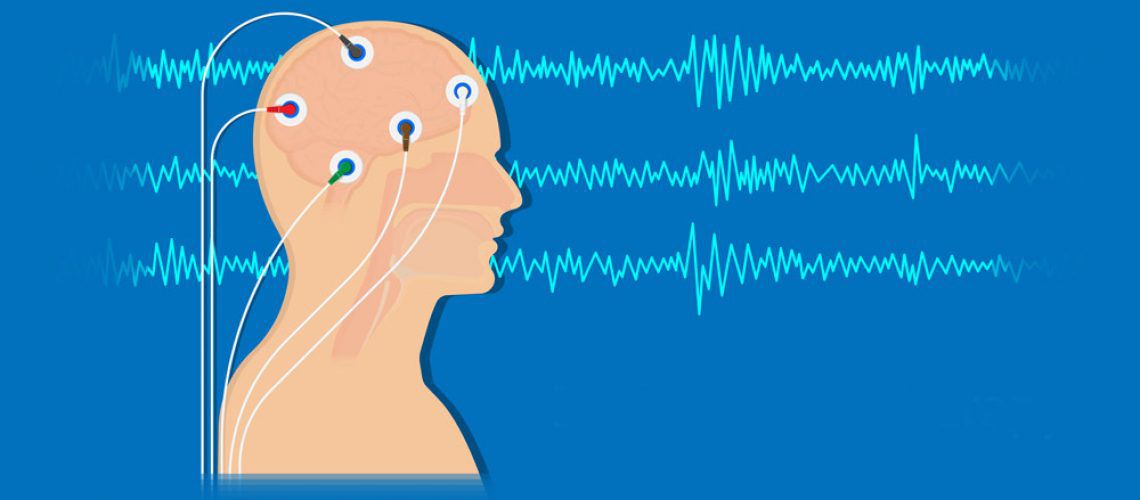Biofeedback
 Graphics courtesy of Family Psychiatry & TherapyeOpens in new window
Graphics courtesy of Family Psychiatry & TherapyeOpens in new window
Biofeedback is a therapeutic procedure that utilizes computers and electronic sensors to accurately measure, process, and “feed back” a patient’s information about their neurophysiological, neuromuscular, and autonomic activity. The data is received and analyzed in the computer in the form of auditory and/or visual signs. The data that is collected is then observed and deployed to train someone to voluntarily control specific involuntary functions (Family Psychiatry & Therapy® Opens in new window). |
Biofeedback, developed in the 1960s, involves using devices to amplify and provide feedback to an individual about the body’s physiological processes.
An individual undergoing biofeedback training is guided through a series of relaxation, breathing, or visualization techniques while receiving visual or auditory feedback from biofeedback devices to gain conscious awareness of and control over typically unconscious autonomic physiological states.
Biofeedback devices are used to monitor physiologic processes including body temperature (using a thermistor or feedback thermometer), muscle tension (electromoyography, or EMG), blood pressure, heart rate or peripheral blood flow (photoplethysmograph), blood gases (capnometer), breathing patterns (pneumograph), and perspiration (electrodermograph or galvanic skin response).
Neurofeedback provides information about brain waves through the use of electroencephalograph (EEG) and neutral activity using hemoencephalography (HEG).
Mind-body medicine is a holistic approach to healing based on interactions between the brain, mind, body, and behavior focusing on the ways spiritual, emotional, mental, and behavioral factors can influence physical health.
Biofeedback is one of several mind-body techniques used to teach people how to decrease their level of stress or muscular tension, change breathing patterns, or modify their emotional therapy, hypnosisOpens in new window, visual imageryOpens in new window, yogaOpens in new window, tai chiOpens in new window, qi qongOpens in new window, and meditationOpens in new window.
Research has shown that learning to consciously control autonomic processes using mind-body techniques can sometimes decrease the severity of physical issues such as asthma, hypertension, and various stress-related disorders (Astin, Shapiro, Eisenberg, & Forys, 2003).
Biofeedback has been used to treat pain disorders (including headache, migraines, fibromyalgia, back pain, and chronic pain) and to alleviate symptoms associated with cancer and chemotherapy (e.g., Sherman, 2004).
In addition to treating issues primarily regarded as physical, biofeedback has demonstrated efficacy in treating some cases of attention-deficit hyperactivitiy disorder (ADHD or ADD; Friel, 2007), substance abuse disorders (e.g., Scott, Kaiser, Othmer, & Sideoff, 2005), and some of anxiety (Reed & Saslow, 1980). More research is needed to establish the effectiveness of biofeedback treatment for eating disorders (Pop-Jordanova, 2000) and test anxiety.
See also:
- Astin, J.A., Shapiro, S.L., Eisenberg, D.M. & Forys, K. L. (2003). Mind-body medicine: State of the science, implications for practice. Journal of the American Board of Family Practice, 16, 131 – 147.
- Friel, P.N. (2007). EEG biofeedback in the treatment of attention deficit hyperactivity disorder. Altrenative Medicine Review, 12, 146 – 151.
- Pop-Jordanova, N. (2000). Psychological characteristics and biofeedback mitigation in preadolescents with eating disorders. Pediatrics Internationa, 42, 76 – 81.
- Reed, M., & Saslow, C. (1980). The effects of relaxation instructions and EMG biodfeedback on test anxiety, general anxiety, and locus of control. Journal of Clinical Psychology, 36, 583 – 690.
- Sherman, R. A. (2004). White paper: Clinical efficacy of psychophysiological assessments and biofeedback interventions for chronic pain disorder.

